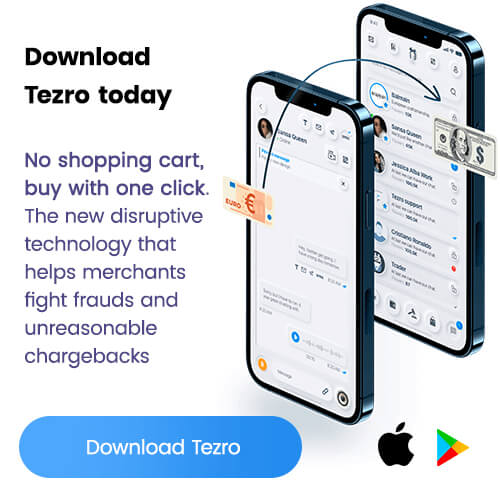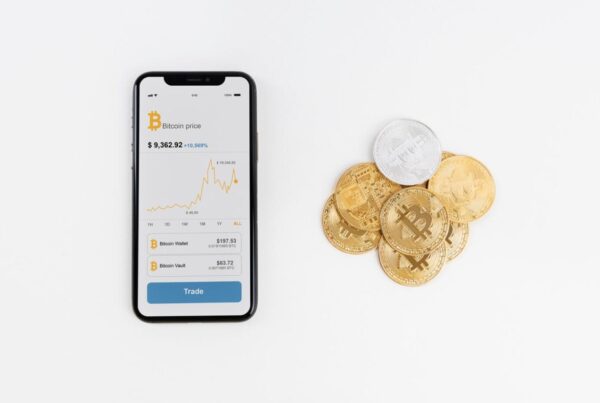How does cryptocurrency work? This is a big question that dominates most cryptocurrency platforms online. The answers to this question are often diverse because the crypto experts who answer it tend to do so from their standpoint.
In this article, we are going to simplify things for you and answer this question in the best way possible. Other things that we are going to look at include the principles of cryptocurrency, the process of cryptocurrency, and more!
But First…
To understand what are cryptocurrencies and how they work, you need to know that you don’t have to understand crypto to use it, the same way you don’t need to understand the monetary system to use a debit card.
Nonetheless, if you want to learn and understand cryptocurrency (of course you do because you are here), you must understand the concepts of the blockchain (both as a technology and a public ledger for transactions), digital currency, and cryptography.
This is the information you are going to find in the sections below.
What Is Cryptocurrency In Simple Terms?
Cryptocurrency is basically a digital currency that only exists online. It is transferred between peers, and there is no middleman involved, such as a bank or any other financial institution. All crypto transactions are recorded on a digital public ledger known as a blockchain.
The ledger and the transaction data are encrypted using cryptography, hence the name ‘cryptocurrency.’
Cryptocurrency is decentralized, and this means that it is controlled by users of a network and computer algorithms and not a central authority such as a central bank. It is also distributed – meaning the blockchain is hosted on multiple computers across the world.
Digital currencies are traded on online crypto exchanges. There are many cryptocurrency exchanges available today. While this might sound like good news, you need to remember that all exchanges are not created equal.
There are many that are created to defraud unsuspecting investors; hence you need to be careful when choosing the exchange you want to trade your assets in.
Experts recommend reliable exchanges, which also double as wallets such as Tezro, thanks to their unrivaled security, ease of use, and reputation.
Some of the major cryptocurrencies include Bitcoin (BTC), Ethereum (ETH), Litecoin (LTC), and Ripple (XRP).

How Are Cryptocurrencies Created?
The easiest way to explain cryptocurrency is to expound on how it is created in the first place. There are two main ways of creating crypto:
- Build a blockchain: This must have its own coin.
- Use Ethereum, Neo, or a similar platform to develop an application. This must-have its own token.
Coins and tokens are all cryptocurrencies. However, a token is built on an existing blockchain while a token belongs to its own blockchain. This means that there can be thousands of tokens built on a single blockchain, but there can only be one coin in a blockchain.
If you are interested in creating cryptocurrencies, deciding whether you need, a token or coin is a big decision. It determines lots of things, including the amount of time, energy, and resources you need to use.
Coins (especially those used as money) are created through a process known as mining. This process requires coding knowledge as well as expensive hardware.
On the other hand, tokens are created on an existing blockchain; hence you don’t need to solve complex math problems through mining.
Creating tokens is less costly in terms of time and money since developers utilize implemented consensus mechanisms and existing decentralized architecture.
Read more here to learn more about the history of cryptocurrencies.

What Are Some Popular Solutions For Creating A Cryptocurrency?
As a beginner, you might be interested in knowing some of the most popular blockchains that allow you to create a token.
Some of the reputable and secure alternatives you can try include:
Ethereum
This was the first service to provide token creation service. It offers an exceptional level of trust thanks to its maturity and strong position in the crypto market.
Tokens built on Ethereum use documentation known as ERC-20. It is well-written and organized; thus, it makes token development much easier.
Read more about Ethereum here.

NEO
NEO blockchain aims at the smart economy and uses what is known as the NEP-5 standard.
Through this blockchain, you can use any high-level programming language, including Java, Kotlin, Python, and C#, to develop your own token.
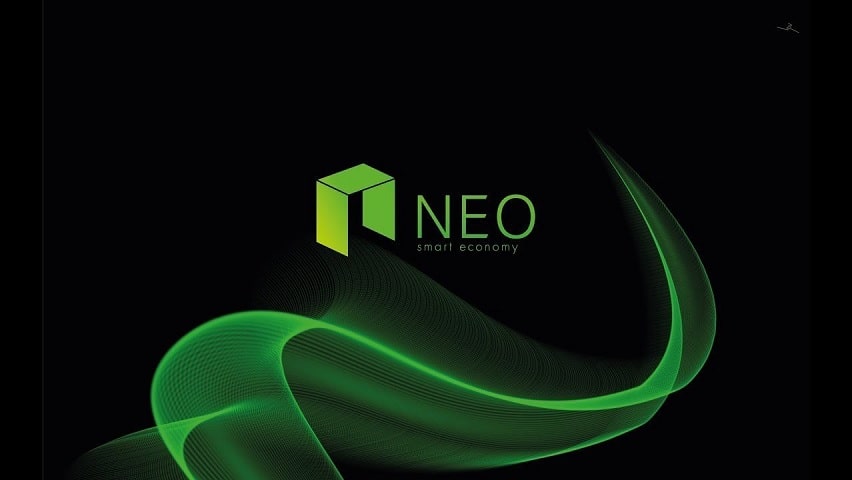
EOS
EOS blockchain uses EOSIO. Token standard. Tokens can be created using C++ or any other programming language that compiles with WebAssembly.
What makes this blockchain standout is that it provides outstanding scalability, a huge number of transactions per second, as well as cost efficiency since it doesn’t have a transaction fee.
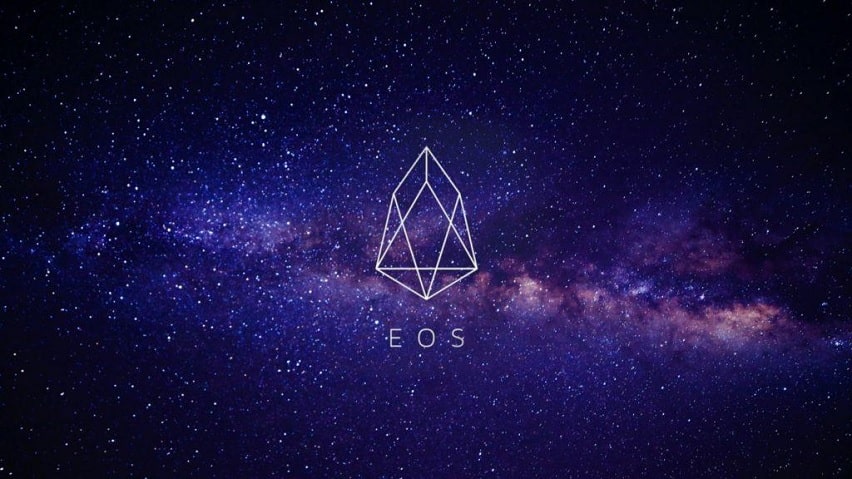
Note: There is a myriad of blockchains that can be used as underlying networks for creating new tokens. Nonetheless, you need to have the in-depth programming knowledge to use them.
Even though you can use the available “make your own crypto” tutorials available online to create your own cryptocurrency, you must remember that only professionals can identify the best stack of technologies and complete a development process in record time.
Therefore, invest in gaining knowledge and expertise, and work with other like-minded professionals for desirable results.
How Does Blockchain Work?
How do cryptocurrencies work for dummies? When you look up this question in most platforms and communities, you will notice that most answers lean towards making crypto newbies understand how the blockchain network works.
What Is A Blockchain?
In simple terms, a blockchain is a type of database. However, unlike typical databases that structure data in tables, a blockchain collects large amounts of information in groups known as blocks.
Blocks have particular storage capacities, and when full, they are chained onto the previously created block, therefore forming a chain of data referred to as “blockchain.”
A blockchain is a decentralized, distributed public electronic ledger built on a peer-to-peer system that can be shared openly among users to create an unchangeable record of transactions that are time-stamped and linked to previous ones.
A blockchain network can only be updated through consensus among participants. Once data is added, it cannot be deleted. It operates on a write-once, append-many technology – and makes all transaction records auditable and verifiable.
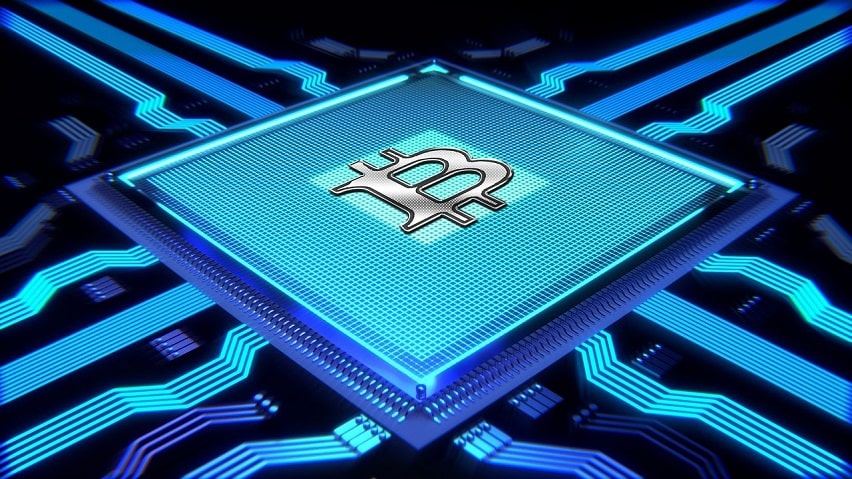
How It Works?
A blockchain is used to allow people – especially people who don’t know or trust each other to share valuable data in a tamperproof and secure manner. Blockchain has three primary concepts:
Blocks
Every chain has multiple blocks, with each block consisting of three elements:
- The data within the block
- 32-bit whole number known as a nonce. The nonce is generated randomly once a block is created. This generates the next element.
- Hash
- This is a 256-bit number that is wedded to the nonce. It must be extremely small and start with a huge number of zeros.
Once the first block of a chain is developed, a nonce generates a cryptographic hash. The data in a block is considered signed and remains tied to the nonce and hash until it is mined.
Miners
Miners are developers who create new blocks on a blockchain through a process known as mining.
They use special software to solve complex math problems to find the nonce which generates an accepted hash.
Nodes
One of the things that make blockchain technology unique is decentralization. No computer or organization owns a blockchain. Instead, a blockchain is a distributed public ledger through nodes connected to the chain.
Nodes can be any type of electronic device which keeps the network functioning and maintains copies of the blockchain.
All nodes have their own copies of the blockchain. The network must algorithmically approve newly mined blocks for the chain to be updated, verified, and trusted.
Blockchains are transparent, and every action in the ledger can be viewed and checked with ease. Every participant in the network has a unique alphanumeric identification number that displays their transactions.
By combining a system of checks and balances with public information, the blockchain is able to maintain integrity and create trust among users. By judging how they work, blockchains can be hailed as the scalability of trust through technology.

Cryptocurrency Mining
People who run software and hardware aimed at confirming transactions to the digital ledger are known as cryptocurrency miners.
Cryptocurrency mining is solving cryptographic puzzles through software to add and verify transactions to the ledger in the hope of being rewarded with coins.
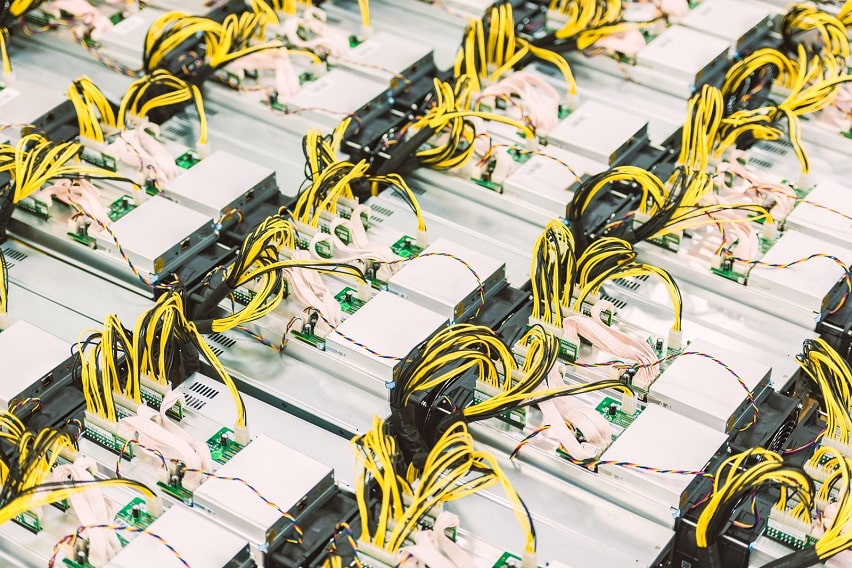
The Ledger
Another thing that helps newbies understand how cryptocurrency works is by understanding the cryptocurrency public ledger.
The ledger used in blockchain networks was derived from the age-record keeping system that was used to record information such as news, commodity prices, and analysis.
The public ledger was made available for everybody to see and verify. When the cryptocurrency blockchain systems were introduced, they were built on a similar record-keeping mechanism.
In the world of cryptocurrency, a ledger is used as a record-keeping system that maintains participants’ data in a secure and pseudo-anonymous form. This data includes their crypto balances and a history of their transactions.
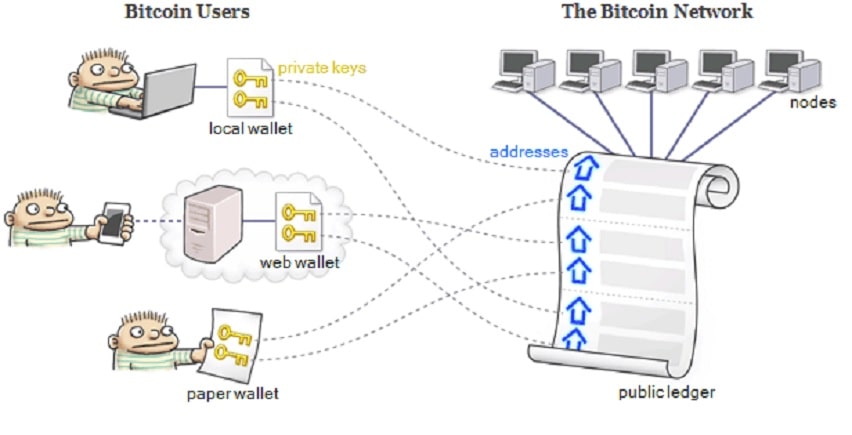
Verifying transaction details through a ledger
The transaction details in banks are often queried and verified by the parties involved in a transaction.
Bank records are only accessible by designated bank officials and other concerned parties, including tax authorities or governments, on a need basis. No one else is allowed to have access to this data.
The ledger works in the same manner, but it is slightly different. Just like bank records, transactions can be queried and verified by parties involved in a transaction.
Nonetheless, no one, including tax authorities and governments, can know the real identity of the people behind the transactions.
Since no central authority controls the ledger, fairness is regulated in a unique way. Recording and storage of confirmed transactions begin at the creation and start of a digital currency.
When a block is filled with transaction details, a new one is mined and added to the blockchain by miners.
How long Bitcoin transactions take? Find out here.

Is there any risk involved?
Several network participants, popularly known as full nodes, maintain a copy of the entire ledger on their devices, which are connected to the crypto network.
Since hundreds of thousands of participants have a copy of the whole ledger, they understand the state of the network in terms of who holds crypto tokens or coins, how much they hold, and whether the transactions they carry out are authentic. This prevents the risk of double-spending.
The ledger has several intrinsic features such as encryption, reward mechanisms, and consensus algorithms that ensure participants that the identities and privacy of participants are protected and only genuine transactions take place on the network.
The ledger is an information storage container that forms the backbone of crypto by storing huge chunks of data after verification. Even though its use has been adopted across the globe, it doesn’t come without its fair share of challenges.
You need to remember that even though no one can determine who you are by looking at your public key, traceability is not an impossibility in the world of cryptocurrency.
To remain safe in the blockchain network, make sure you invest in a good VPN that can hide your IP and use secure wallets such as Tezro. Find out more about Tezro’s app features here.
Cryptocurrency Transactions
A cryptocurrency transaction is the transfer of coins between two digital wallets. Once you initiate a transaction, it is submitted to the public ledger and recorded awaiting confirmation. Credible wallets such as Tezro use an encrypted electronic signature when a transaction is initiated.
This encrypted signature is known as the cryptographic signature and offers mathematical proof that the transaction was made by the owner of a wallet.
The confirmations wait for some time (10 minutes for Bitcoin) until mining is complete. Once a transaction is confirmed, it is added to the public ledger.
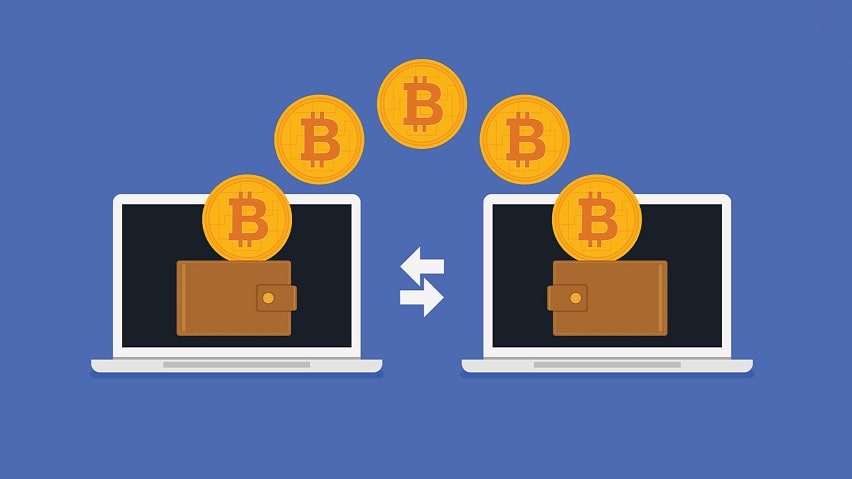
Types of Cryptocurrencies
There are different types of cryptocurrencies. They include:
Payment Cryptocurrencies
These are digital monies that are operated by a distributed network of computers that run on shared blockchain software. Some focus on payments for a particular use while others try to compete with fiat money.
They include Bitcoin (BTC), Bitcoin Cash (BCH), Dash (DASH), Dogecoin (DOGE), Ripple (XRP), Tether (USDT), Zcash (ZEC), Nano (NANO), Litecoin (LTC), and Dai (DAI).
Infrastructure Cryptocurrencies
These are cryptocurrencies that are used to pay computers responsible for running programs and apps on a shared blockchain network.
They include Cosmos (ATOM), EOSIO (EOS), Ethereum (ETH), Ethereum Classic (ETC), Icon (ICX), Lisk (LSK), Tezos (XTZ), and more.
Financial Cryptocurrencies
These are cryptocurrencies that help their users exchange or manage other crypto assets.
They include Curve (CRV), Kava (KAVA), Melon (MLN), and more.
Service Cryptocurrencies
These are cryptocurrencies that offer tools for managing enterprise or personal data on a blockchain.
They help blockchain-based financial products to access and vet external information sources. They include Siacoin (SC), Storj (STORJ), and Orchid (OXT).
Media & Entertainment Cryptocurrencies
These are cryptos that reward users for content, social media, games, gambling, and more. The most renowned media and entertainment cryptocurrency is the Basic Attention Token (BAT).
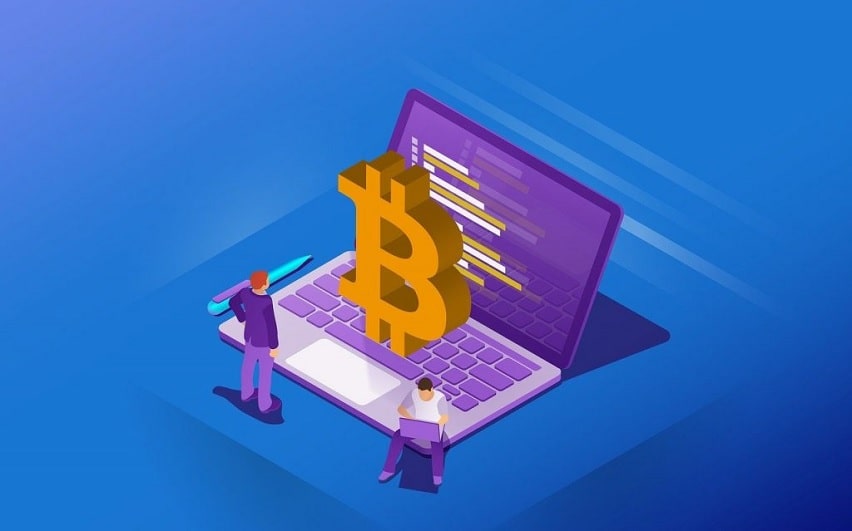
Key Takeaways
- Cryptocurrencies can be created through mining or using already existing blockchains such as NEO and Ethereum.
- A blockchain network can only be updated through consensus among participants.
- There are different types of cryptocurrencies, including Payment Cryptocurrencies, Infrastructure Cryptocurrencies, Financial Cryptocurrencies, Service cryptocurrencies.
Conclusion
If you are asked, “how does cryptocurrency work?” you will definitely give a detailed answer based on the information provided above. Understanding how cryptocurrency works is not easy.
All you need is the zeal to learn. Re-read this post, watch informational YouTube videos, and utilize any other resources you come across until you eventually understand it.
Maybe something worth mentioning is that you don’t need to learn the technicalities of how cryptocurrency works to use it. Simply get the basics outlined above, and you are good to go!
Remember to download Tezro app, which will keep your crypto assets safe and where you can trade many different cryptocurrencies.







